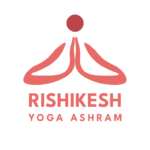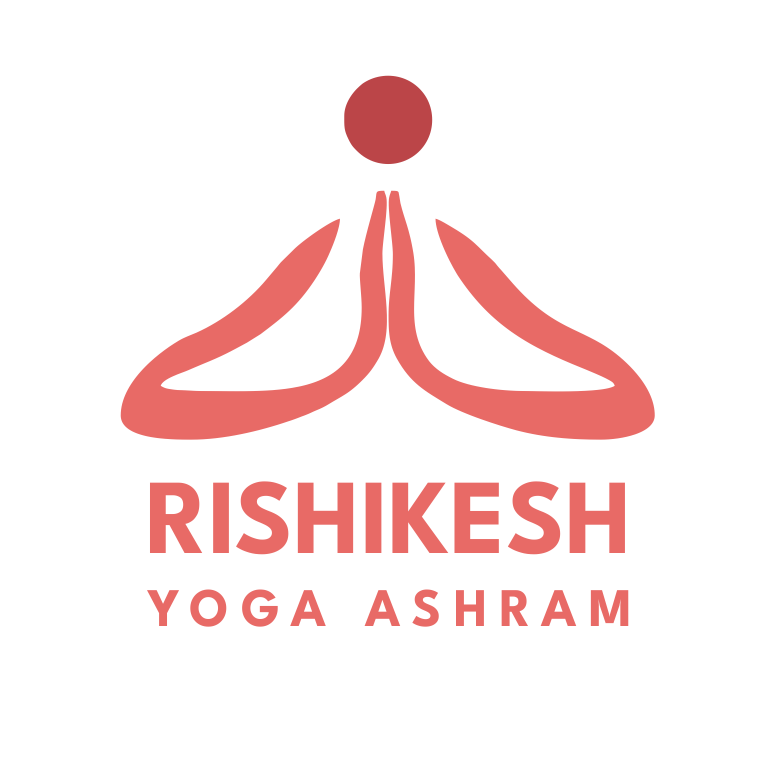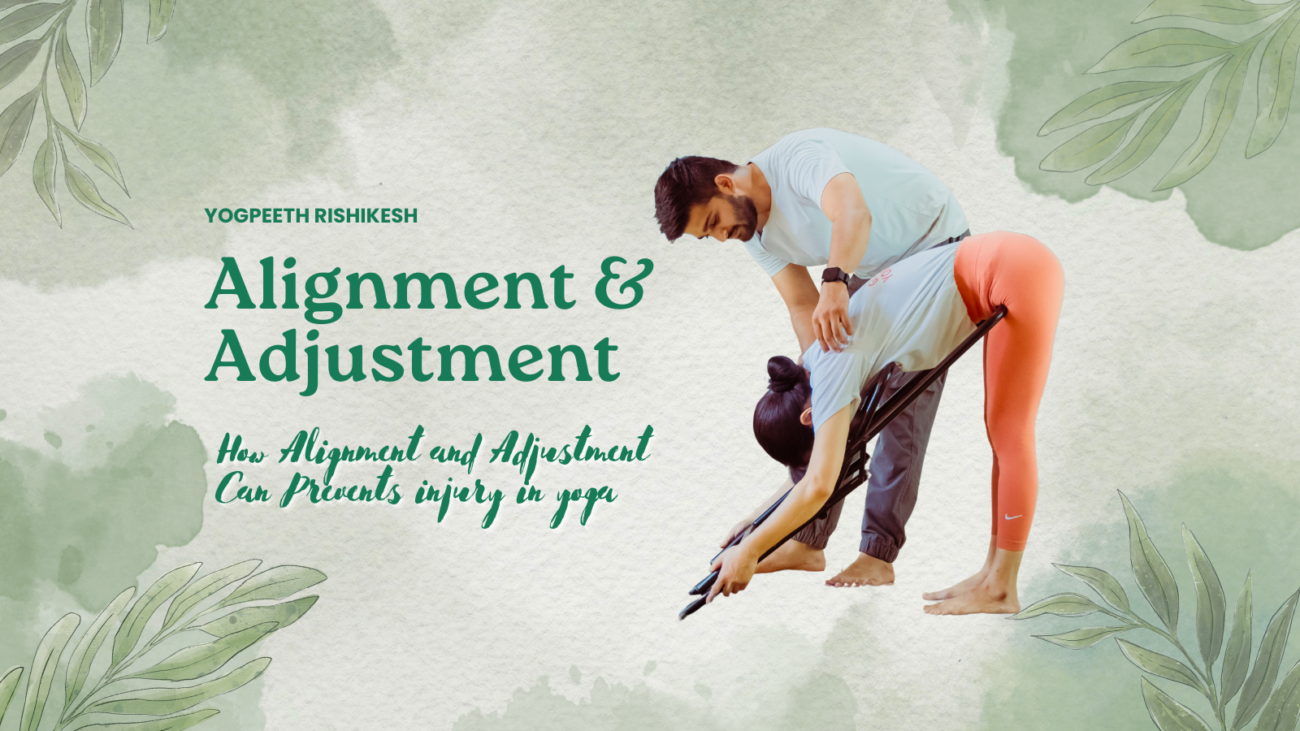Yoga is a transformative practice that nurtures both the body and mind. However, without proper alignment and adjustments, the practice can sometimes lead to strain or injury. In this article, we’ll explore how prioritizing alignment and making necessary adjustments can enhance your yoga journey while keeping you safe and injury-free. Whether you’re a beginner or an experienced practitioner, understanding these principles is essential to deepening your practice. Let’s roll out our mats and dive in!
The Importance of Proper Alignment and Adjustment in Yoga
Yoga, an ancient discipline, harmonizes the body, mind, and spirit through physical postures, breath control, and meditation. While it offers numerous health benefits, incorrect alignment during asanas (poses) can lead to injuries, reducing its efficacy.
Alignment refers to the precise positioning of the body in each pose to maximize benefits and minimize strain. For instance, in Downward-Facing Dog, keeping hands shoulder-width apart and distributing weight evenly across palms prevents wrist discomfort.
Adjustment, on the other hand, involves fine-tuning your pose through subtle corrections—whether guided by an instructor or self-initiated. These adjustments ensure optimal alignment while accommodating unique body structures or limitations.
Emphasizing alignment and adjustments doesn’t just enhance safety; it also fosters better posture, balance, and deeper engagement with the practice.
How Misalignment Can Lead to Injuries
Misalignment occurs when the body is positioned incorrectly during poses, often due to:
- Lack of awareness: A distracted mind may overlook signals from the body, leading to overstretching or muscle strain.
- Insufficient guidance: Practicing without proper instruction can result in repeated mistakes.
For example, in Warrior II, improper foot placement or uneven hip alignment can strain the knees or lower back. Over time, such repetitive misalignment can lead to chronic pain or injuries, such as joint instability or muscle tears.
To prevent injuries:
- Stay mindful of body sensations.
- Seek guidance from trained yoga instructors, particularly in challenging poses.
- Practice within your physical limits, especially during advanced sequences.
Benefits of Receiving Adjustments from a Trained Instructor
Incorporating adjustments into your yoga routine—especially under the guidance of a skilled instructor—offers significant advantages:
- Injury Prevention
Corrective cues and hands-on adjustments ensure your body is aligned safely, reducing the risk of injury. For instance, in Plank Pose, a gentle nudge to activate the core can prevent shoulder strain. - Enhanced Body Awareness
With consistent adjustments, practitioners develop a deeper understanding of how their body aligns in different poses. - Deeper Practice
Skilled adjustments make challenging poses more accessible, allowing you to explore advanced postures with confidence.
For students undertaking a 200 Hour Yoga Teacher Training in Rishikesh, learning alignment techniques and adjustment methods equips them to guide others safely through their practice.
Common Areas Requiring Extra Attention for Alignment and Adjustment
While every pose demands mindfulness, certain areas of the body require special focus:
1. Spine
The spine serves as the central support structure. Improper alignment in poses like Seated Forward Fold can compress vertebrae, causing discomfort. To maintain alignment, lengthen the spine and engage the core.
2. Shoulders
Hunching shoulders forward in poses like Chaturanga can strain the neck and upper back. Keep shoulders drawn away from the ears, and engage the shoulder blades.
3. Hips
In poses like Triangle Pose, uneven hips can overburden the lower back. Ensure hips are level and aligned with the rest of your body.
4. Feet
The feet are the foundation of many standing poses. Evenly distribute weight through all four corners of the feet in poses like Mountain Pose to maintain stability and prevent ankle strain.
These adjustments create a solid foundation for a safer and more effective yoga practice.
How Yoga Teacher Training in Rishikesh Can Help Master Alignment
Rishikesh, renowned as the yoga capital of the world, offers immersive teacher training programs such as:
- 100 Hour Yoga Teacher Training in Rishikesh
- 200 Hour Yoga Teacher Training in Rishikesh
- 500 Hour Yoga Teacher Training in Rishikesh
These programs emphasize alignment techniques, anatomy, and safe adjustment practices, making them invaluable for aspiring instructors. Institutions like Yogpeeth Rishikesh provide in-depth training, ensuring graduates can teach confidently and safely.
Yoga retreats in India, particularly in Rishikesh, also focus on personalized alignment guidance, blending relaxation with learning.
FAQs
1. Why is alignment important in yoga?
Alignment ensures poses are performed safely and effectively, preventing injuries while maximizing physical and mental benefits.
2. How to prevent injury when doing yoga?
Focus on proper alignment, practice under guidance, listen to your body, and avoid pushing beyond your limits.
3. How does yoga reduce stress by correcting alignment?
Correct alignment improves posture and breathing, reducing physical tension and promoting relaxation.
4. What is the benefit of alignment?
Proper alignment enhances stability, balance, flexibility, and the overall efficacy of yoga practice.
Conclusion: Prioritize Alignment for a Safe and Effective Practice
Aligning your body correctly and making thoughtful adjustments are essential to preventing injuries and enhancing your yoga journey. Whether you’re practicing at home or pursuing a 300 Hour Yoga Teacher Training in Rishikesh, remember to stay mindful, seek guidance, and honor your body’s unique capabilities. With dedication to alignment and adjustments, your practice will not only be safe but also deeply fulfilling.


